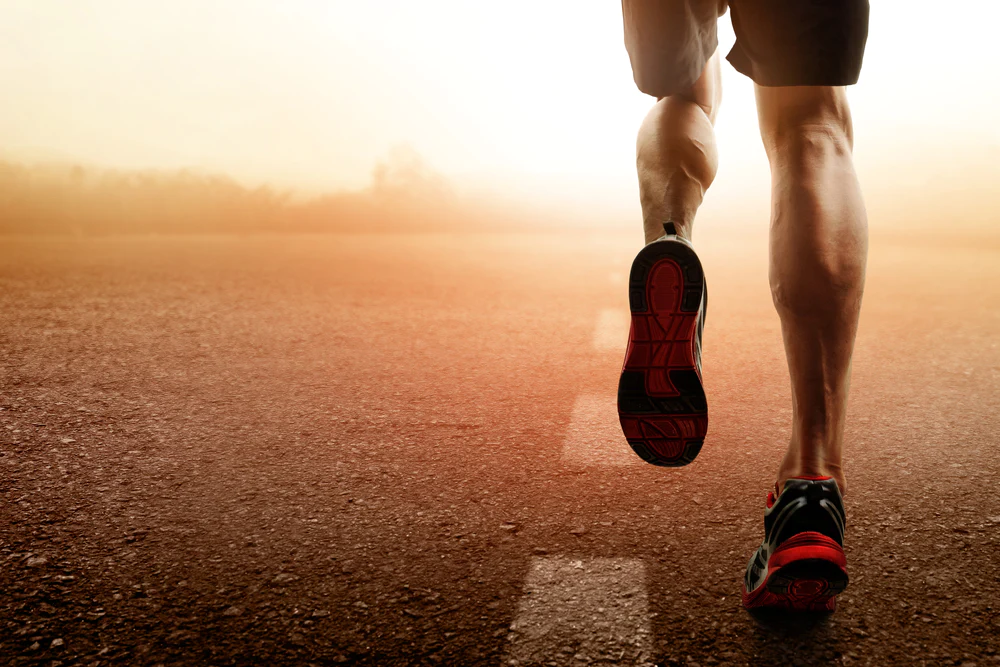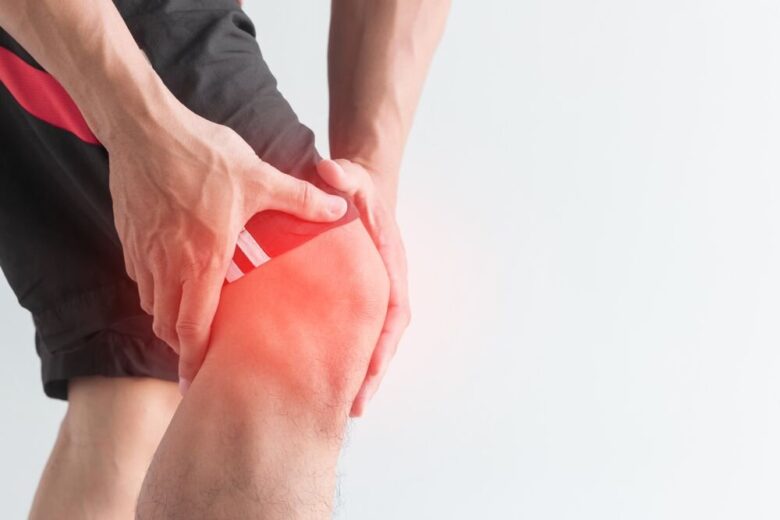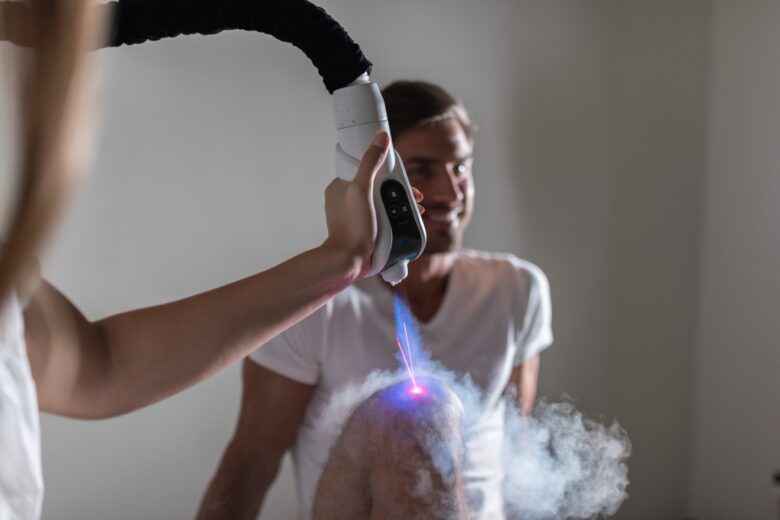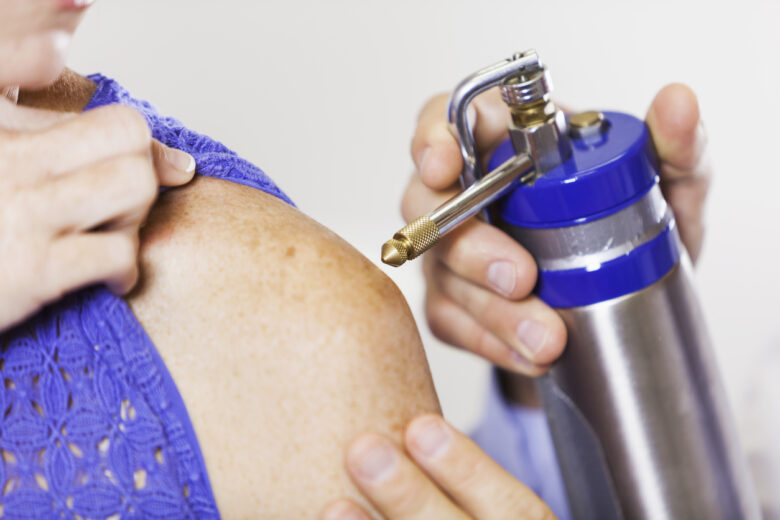For ages, athletes have turned to ice baths to soothe sore muscles and hasten recovery. Now, in the age of technological advancements, cryotherapy emerges as the cutting-edge evolution of this practice. Offering more than just a modern twist to an old remedy, cryotherapy provides athletes a competitive edge that is transforming the sporting landscape. Delving deeper into its chilly embrace, we uncover the myriad of ways this cold treatment is revolutionizing athletic performance and recovery.
Competitive athletes are always on the lookout for methods to gain an edge over their opponents and improve their performance. Cryotherapy has emerged as a popular strategy in the athletic world due to its numerous benefits. Let’s explore how freezing sessions in a whole-body cryotherapy machine affect various aspects of an athlete’s life and training routines.
Contents
- 1. Enhanced Muscle Recovery
- 2. Reduced Pain and Inflammation
- 3. Improved Athletic Performance
- 4. Enhanced Endurance and Stamina
- 5. Mood and Well-being
- 6. Better sleep
- The Science Behind the Cold
- 1. Joint and Tendon Health
- 2. Boosting the Immune System
- 3. Skin and Cellular Benefits
- 4. Optimizing Cryotherapy for Maximum Benefit
- 5. The Mind-Body Connection
- A Word of Caution
- Incorporating Cryotherapy in the Wider Athletic Regimen
- Conclusion
1. Enhanced Muscle Recovery

Source: blog.nasm.org
Intense physical training often leads to micro-tears in muscle fibers, causing muscle soreness and inflammation. Cryotherapy’s cold exposure reduces the extent of tissue damage, leading to faster muscle recovery. It works by constricting blood vessels, reducing the flow of blood to inflamed areas, and subsequently reducing swelling and muscle soreness.
2. Reduced Pain and Inflammation
Athletes frequently encounter injuries and overuse-related pain. Cryotherapy’s pain reduction benefits are well-documented. The cold exposure numbs nerve endings, providing immediate relief from pain. Moreover, the reduction in inflammation plays a crucial role in post-injury rehabilitation. This makes cryotherapy an invaluable tool for athletes seeking to get back in the game as quickly as possible.
3. Improved Athletic Performance
Optimizing athletic performance is the ultimate goal for athletes. Cryotherapy significantly contributes to this by improving blood circulation and oxygen delivery. Enhanced blood flow means better oxygen supply to muscles, resulting in improved muscle function and coordination. As a result, athletes experience improved speed, strength, and agility, leading to better overall performance in both practice and competition.
4. Enhanced Endurance and Stamina

Source: steelsupplements.com
Endurance athletes, such as marathon runners and cyclists, rely on their stamina and the body’s ability to endure prolonged physical exertion. Cryotherapy increases the body’s tolerance for physical stress. Athletes who undergo regular cryotherapy sessions report increased stamina, allowing them to push their limits during long-duration training sessions and competitions.
5. Mood and Well-being
Physical and mental well-being are intertwined, and cryotherapy positively impacts both. The release of endorphins during cryotherapy sessions reduces stress, anxiety, and symptoms of depression. Athletes often find themselves in a more positive mental state, with increased mental clarity and motivation. This mental boost is vital for maintaining focus and pursuing athletic goals relentlessly.
6. Better sleep
In addition, cryotherapy helps improve sleep, which is extremely important for athletic performance and recovery. Among other things, deep and healthy sleep in athletes contributes to maintaining mental health, learning new skills, quick reaction and clear thinking, less physical exertion, and lower injury risks.
The Science Behind the Cold
At its core, cryotherapy utilizes extreme cold temperatures to invoke the body’s natural responses. When the skin’s temperature drops rapidly, the body goes into a survival mode of sorts, diverting blood from the peripheries to the core. This not only conserves warmth but also flushes out toxins and brings in a rush of nutrients when the body warms up post-session. This physiological response, while brief, has profound and lasting benefits.
1. Joint and Tendon Health

Source: aptivahealth.com
Apart from muscles, joints and tendons bear the brunt of physical exertion in athletes. Cryotherapy aids in reducing inflammation in these areas as well. The reduced swelling can help in increasing the range of motion, which is critical for sports that require flexibility and agility.
2. Boosting the Immune System
Cryotherapy’s benefits aren’t just limited to performance and recovery. Regular sessions can also strengthen the immune system. The body’s response to cold exposure increases the production of white blood cells, the warriors of our immune system. This bolstered defense mechanism can help athletes stay healthier, preventing illness from derailing their training schedules.
3. Skin and Cellular Benefits
Beyond the muscles and bones, cryotherapy also offers dermatological benefits. The cold exposure stimulates collagen production, leading to healthier, more elastic skin. Furthermore, on a cellular level, cryotherapy might help in slowing down cellular aging, contributing to overall longevity – a boon for athletes aiming for prolonged careers.
4. Optimizing Cryotherapy for Maximum Benefit

Source: activehealthnwellness.com
Merely undergoing cryotherapy isn’t enough; optimizing the sessions to align with training routines can make all the difference. Ideally, the timing, frequency, and duration of sessions should be personalized based on the athlete’s specific needs and goals. Working closely with a certified cryotherapy expert can ensure the treatment’s effectiveness is maximized.
5. The Mind-Body Connection
Any athlete knows that physical prowess alone isn’t enough to achieve greatness; mental resilience plays an equally crucial role. The mood-enhancing benefits of cryotherapy can be attributed to more than just endorphin release. The sheer act of enduring extreme cold can be a mental challenge, helping athletes build mental fortitude and resilience over time.
A Word of Caution
As with any therapy or treatment, it’s essential to understand that cryotherapy may not be suitable for everyone. Individuals with certain health conditions or those particularly sensitive to cold might need to approach with caution. Always ensure sessions are conducted under the supervision of trained professionals and in certified facilities.
Incorporating Cryotherapy in the Wider Athletic Regimen

Source: hazelhillfamilypractice.com
While cryotherapy is a powerhouse in itself, integrating it with other recovery and performance-enhancing methods can yield unparalleled results. Pairing cryotherapy with techniques such as compression therapy, massage, or even meditation can create a holistic approach to athletic training and recovery.
Conclusion
In conclusion, cryotherapy has become an indispensable part of many athletes’ training and recovery routines. Its benefits extend from faster muscle recovery and pain reduction to improved athletic performance, endurance, and mood enhancement. Athletes at all levels, from amateurs to professionals, can leverage the advantages of cryotherapy to achieve their peak performance while prioritizing their physical and mental well-being.
